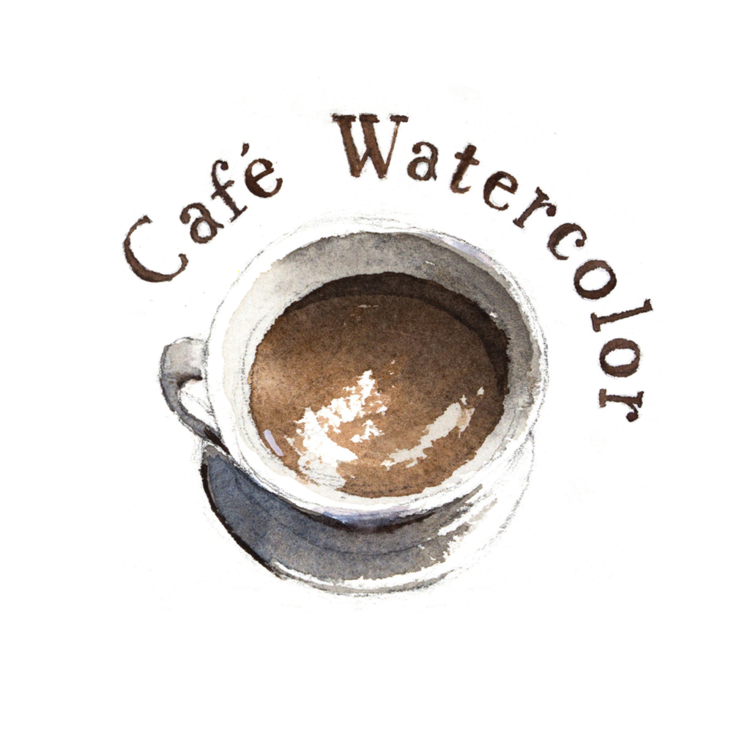Taipei, wet street - 8x20 (reference photo taken by me on the right)
As I did the above painting a few days ago. I was constantly asking myself questions while painting. I admit that's a stressful way to paint. Compares to a portrait which is relatively straight forward, I find myself having the need to plan and make a lot more decisions when painting a city scape like this. And when I said questions, I don't mean the little intuitive questions that I solved unconsciously with my instinct such as: color, value and the order of washes. Those questions I asked myself were more about design, compositions, inclusion or exclusion. I would like to sum them up with one big question:
"Do I paint this because this is what I see, or because this is what I want the viewers to see?"
If you look at my painting and the reference, there are quite a bit of differences. You can still tell I pretty much referenced everything from the photo that I took: the cars, the building, the traffic light, the details on the building and the wires are all there. But I took out many things and added a few elements myself. If you look at the buildings, you can easily tell that I took out almost all the details. I hinted those details with a few value and texture changes as well as some breathing white space. The initial response up on seeing a reference is to copy everything you see. But if you stop your thought process there, you might end up with a beautiful lifeless painting. And that's not because the painting is not well done, it's because the lack of personal thought and touch on it.
I took the photo because I can see it as a painting in my mind. The shape and the composition works great in this scene. But as I was painting it, I need to occasionally put myself in viewer's perspective:
"Do the viewers need to see this to enjoy the painting?"
"Does this little detail enhances the theme or distracts the viewers"
"This looks neat to me, but will the viewers enjoy it?"
Those are not easy questions to answer. Especially when we often told by other artists to paint for our self and not for others. But on the other hand, if we don't look at our painting subjectively, it might fail to communicate with the viewer. Painting, like many other forms of communication, should be clear and not ambiguous unless intended by the artist. When you paint your next painting, keep asking yourself questions, until every brush stroke you paint is intended and meaningful.
